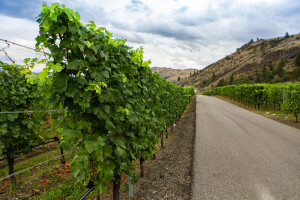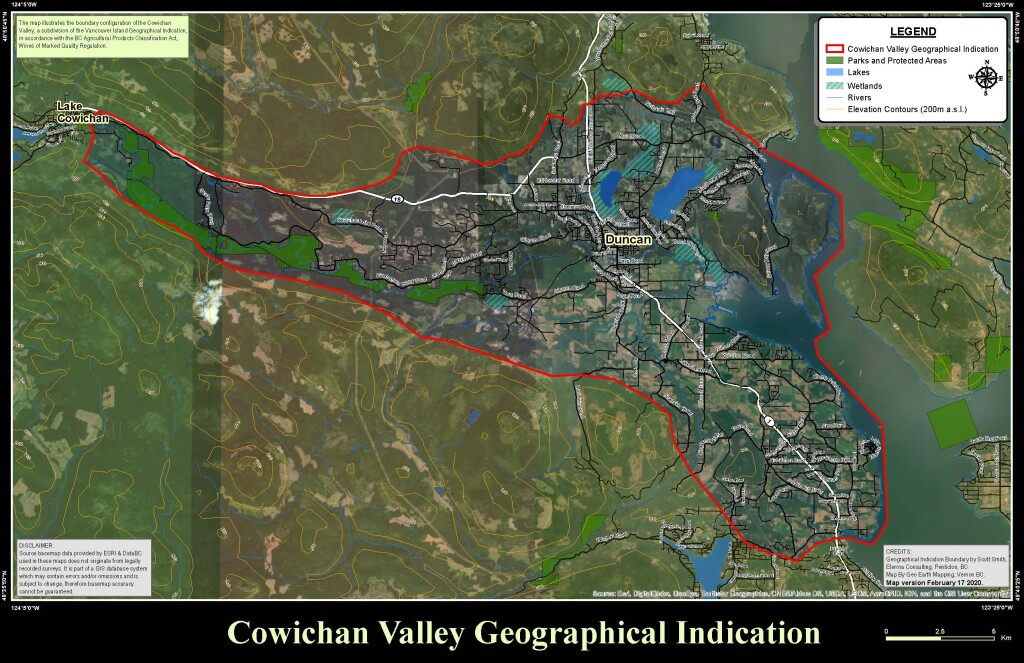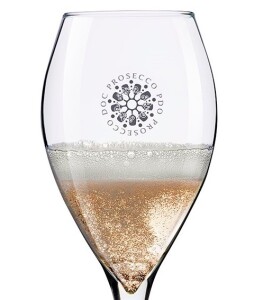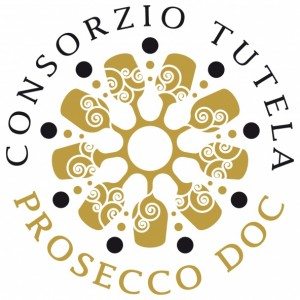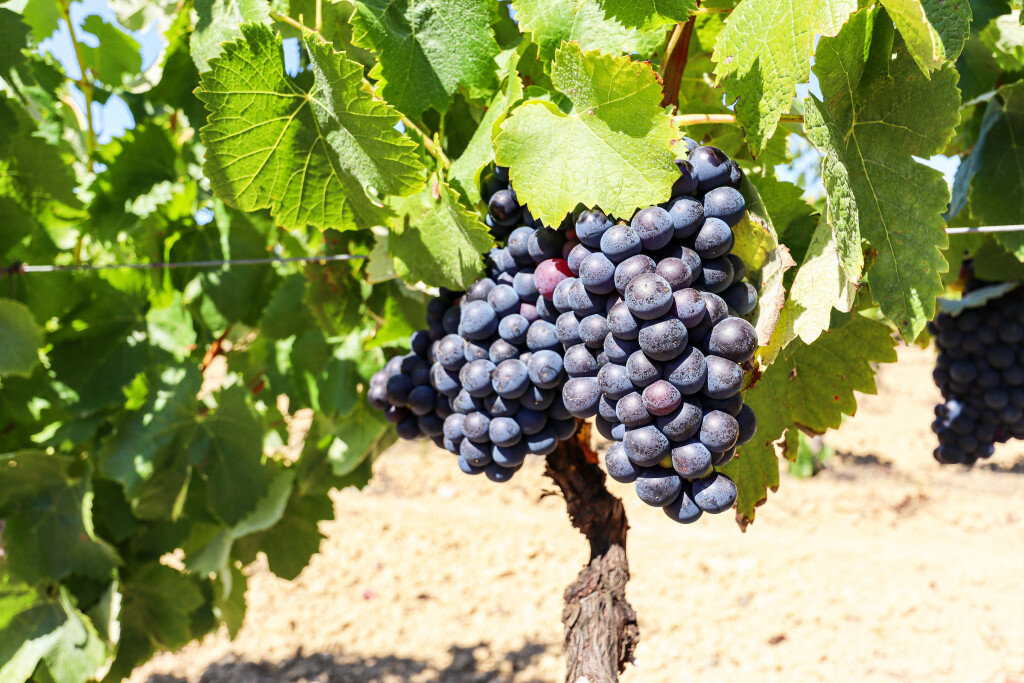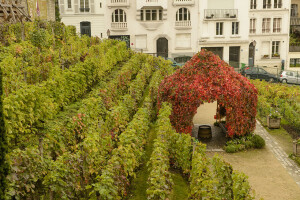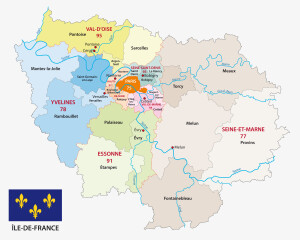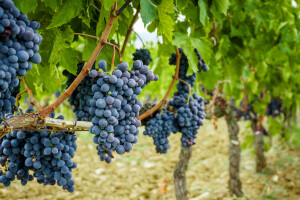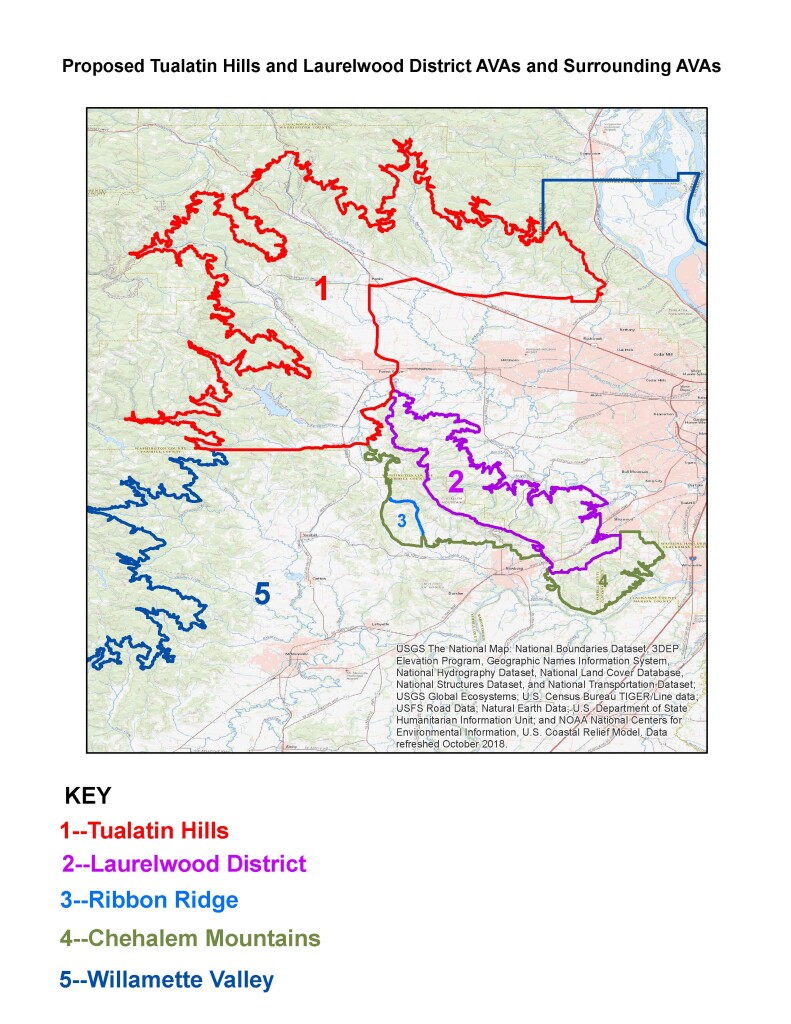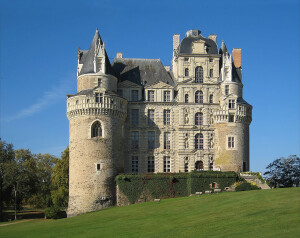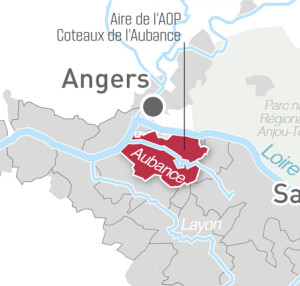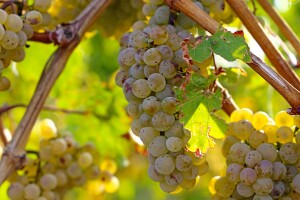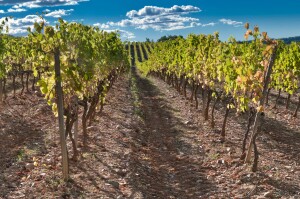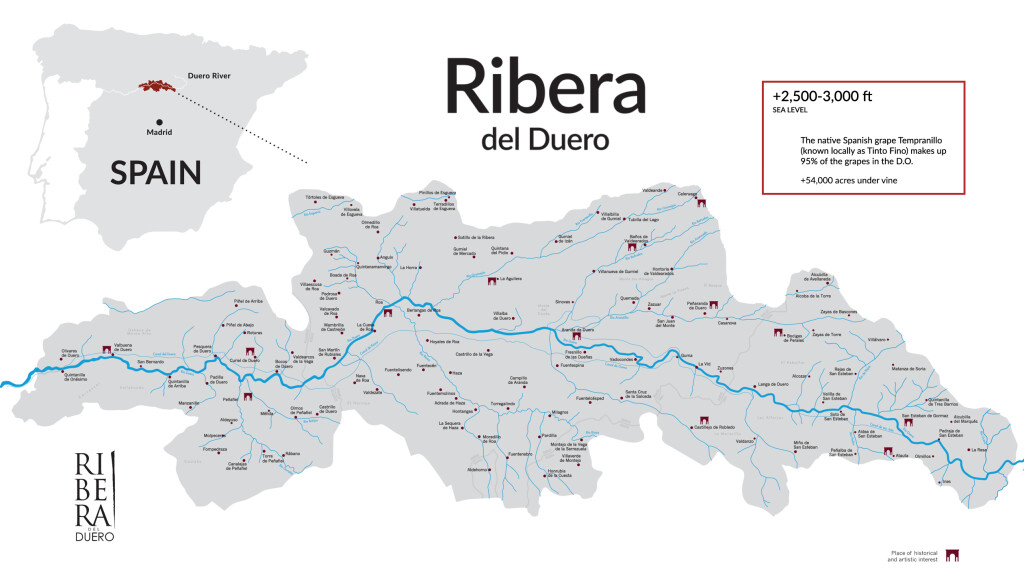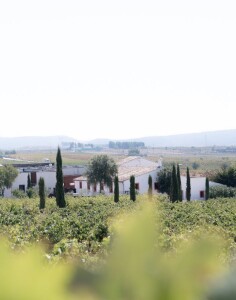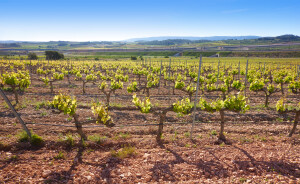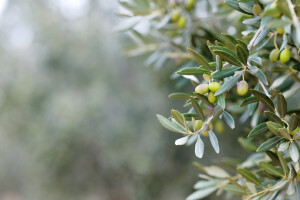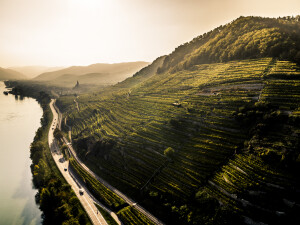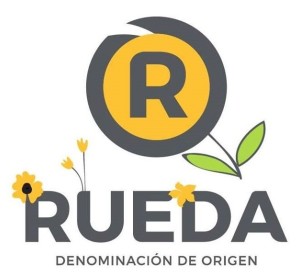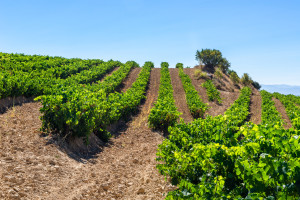Good news from Vancouver Island, British Columbia (Canada)!
As of June 2020, the Cowichan Valley (48°46´N), located along the southeast coast of Vancouver Island, is a newly approved sub-geographical indication (sub-GI) of the Vancouver Island wine producing region. The area surrounds the city of Duncan and extends from the coast between Maple Bay and Mill Bay (in the east), along Cowichan River to Cowichan Lake (to the west) and as far south as the village of Cobble Hill. (For those not too familiar with this part of North America, all of this is taking place off the west coast of British Columbia, Canada.)
The defined area covers approximately 350 square kilometers, with an estimated 60 to 70 hectares (150 to 175 acres) planted to vineyards. Pinot Gris and Pinot Noir are the leading grape varieties, followed by Gewurztraminer, Ortega, and Bacchus. Hybrid grapes also thrive in the area. Many of these hybrids—including Petite Milo, Cabernet Foch, and Cabernet Libre—were created by Swiss grape geneticist Valentin Blattner and affectionately referred to as Blattners. Grapes from the Cowichan Valley are used to produce sparkling wines—something of a specialty—and table wines (both dry and sweet).
The cool, humid climate of the Cowichan Valley is largely influenced by the nearby ocean; although some Mediterranean-like features— such as cool, wet winters and warm, dry summers—are noted as well. In the western (inland) reaches of the area, vineyards are planted at elevations up to 250 meters (820 feet) above sea level.
Modern commercial viticulture in the Cowichan Valley dates to the early 1990s. Vignetti Zanatta—a converted dairy farm and Vancouver Island’s first estate winery—was founded here in 1992. At last count, there are more than a dozen wineries in the area, including Glenterra Vineyards, Blue Grouse Estate Winery, and Averill Creek Vineyard (among others).
The Cowichan Valley is named in honor of the First Nations Cowichan (Qu’wutsun) Tribe of Vancouver Island. There are over 3,800 registered members of the Cowichan Tribe living on Vancouver Island.
Welcome to the world, Cowichan Valley (sub) GI!
References/for more information:
- 2019-April-16-Proposal-for-Cowichan-Valley-Sub-GI
- 2019-April-16-Technical-Report-for-Cowichan-Valley-Sub-GI
- Cowichan Valley Map via BC Wine Authority
- B.C. Reg. 69/2020: Wines of Marked Quality Regulation (see section 56 for a listing of Geographical Indications)
- https://winebc.com/discover-bc-wine-country/vancouver-island/#top
- http://vancouverisland.com/plan-your-trip/maps-of-bc/wineries-cowichan-valley/
- Website of the Cowichan Tribes https://www.cowichantribes.com/
Post authored by Jane A. Nickles…your blog administrator: jnickles@societyofwineeducators.org
